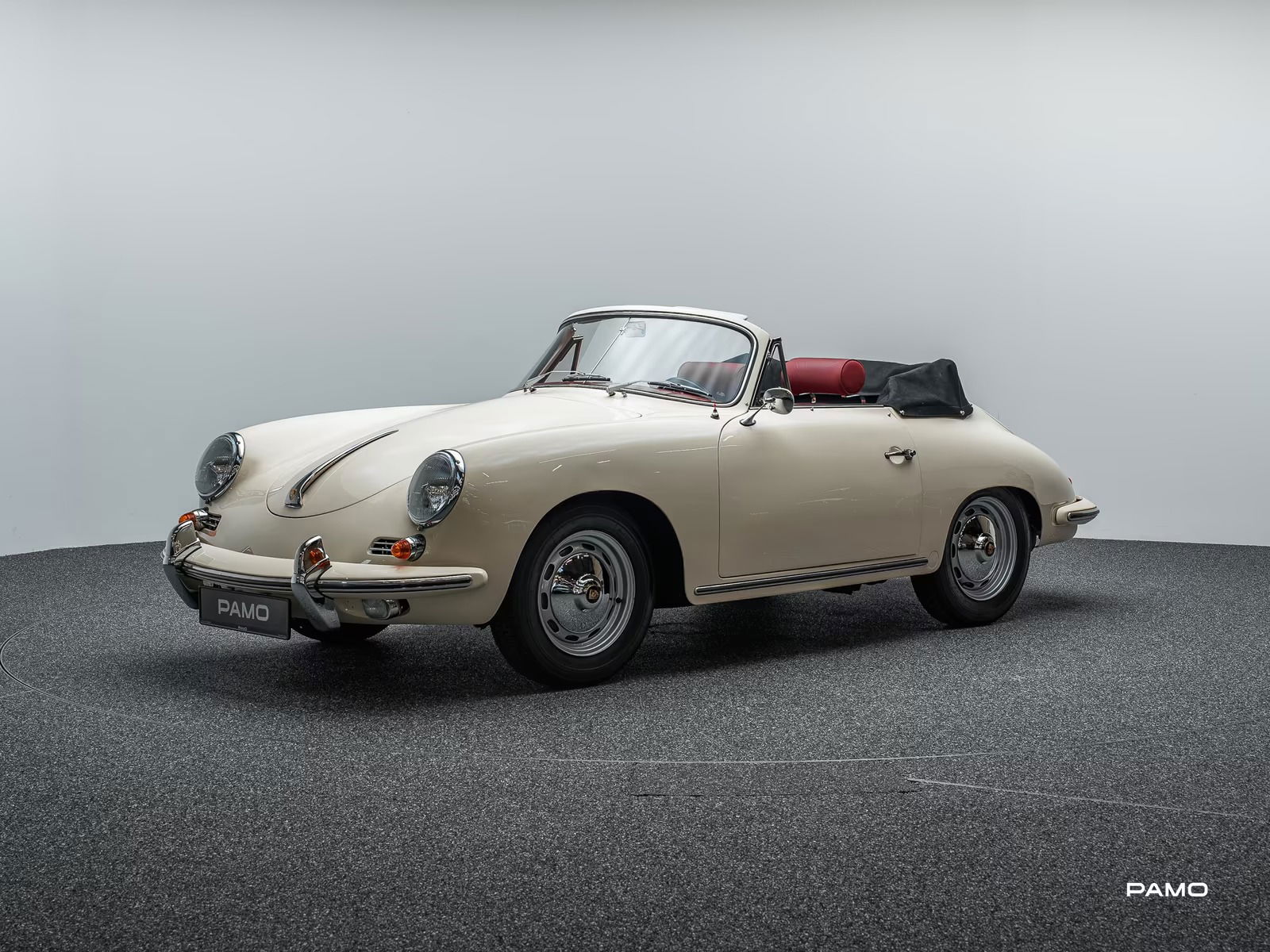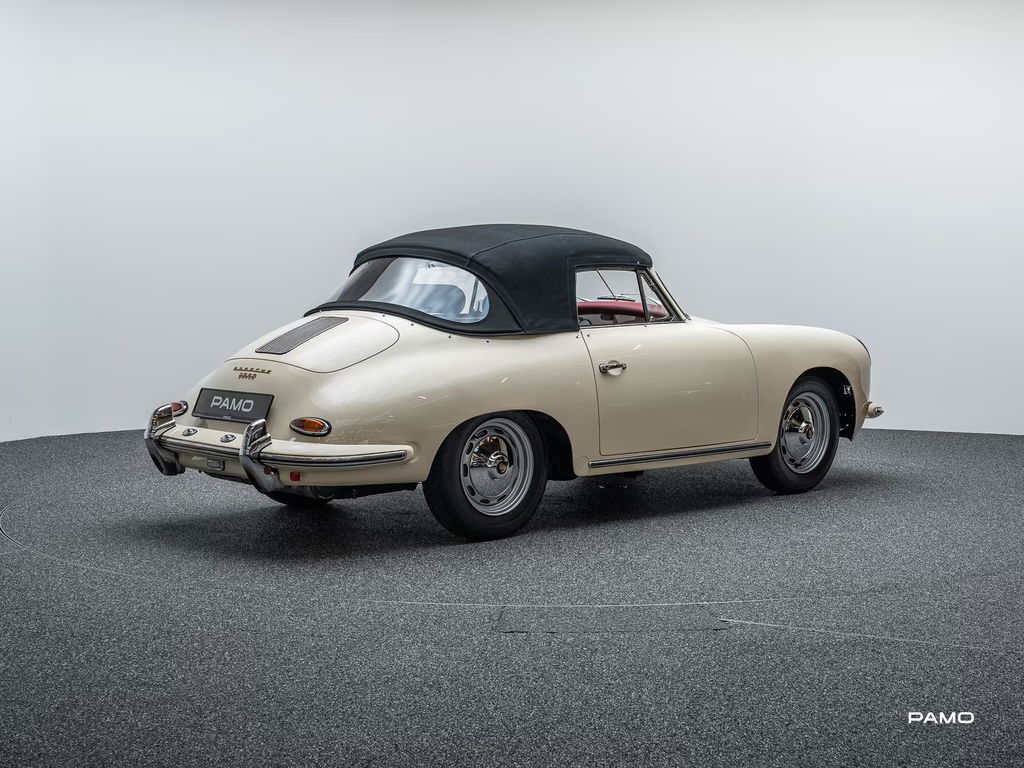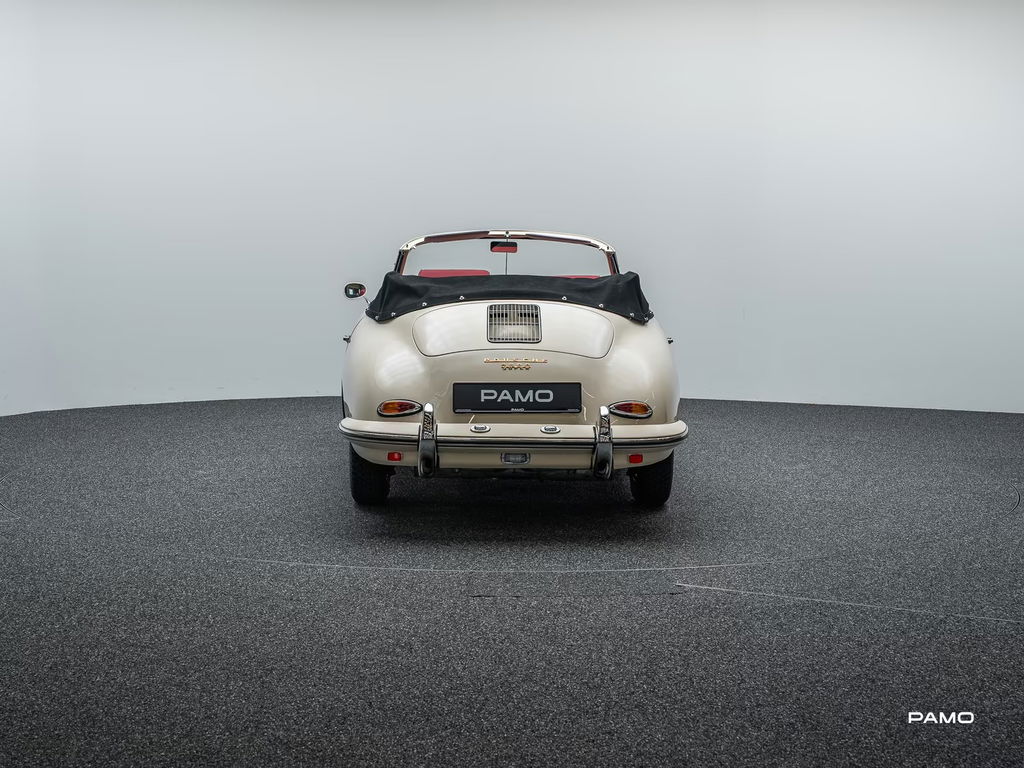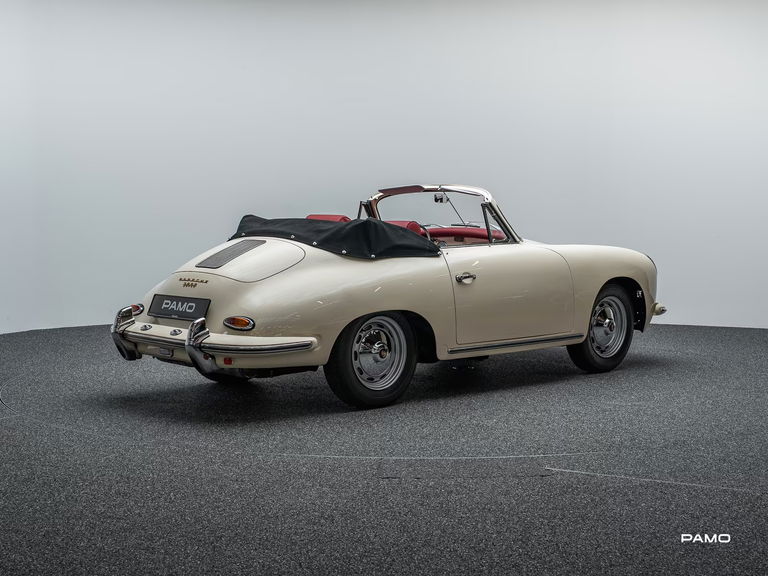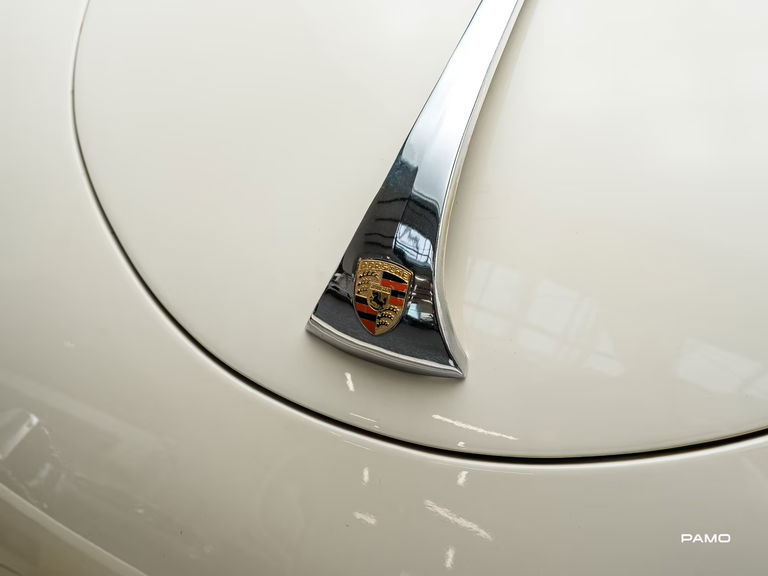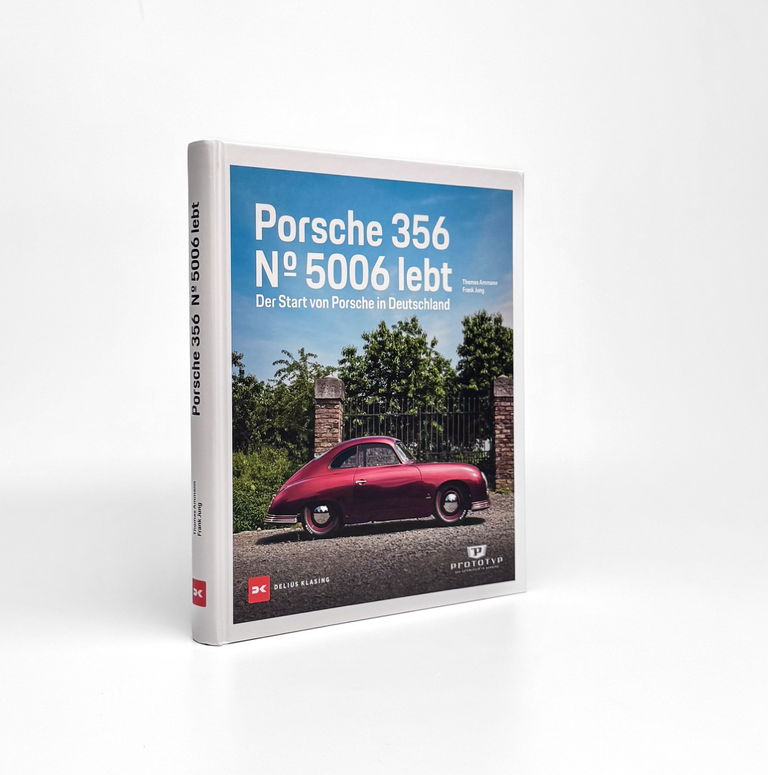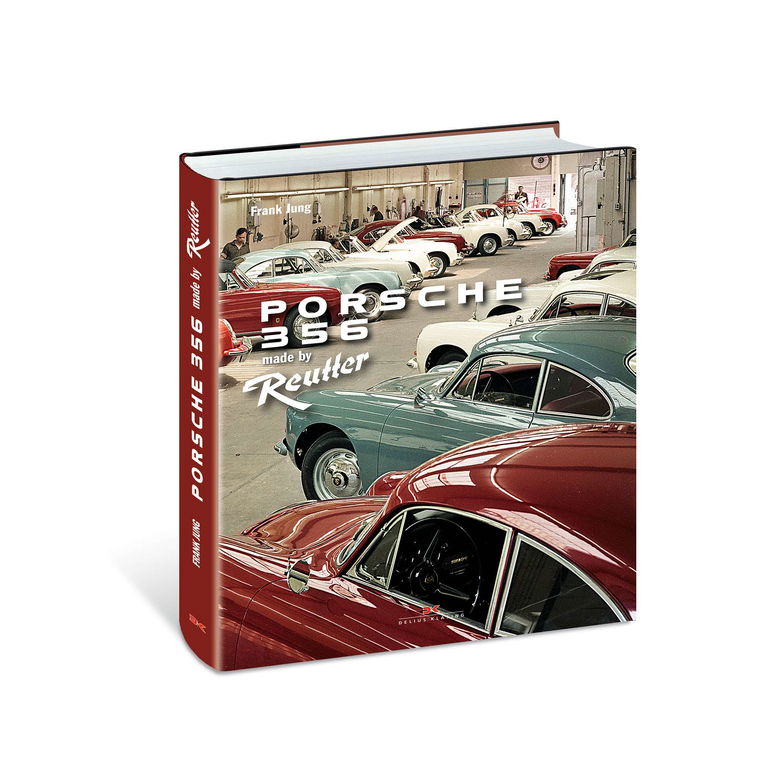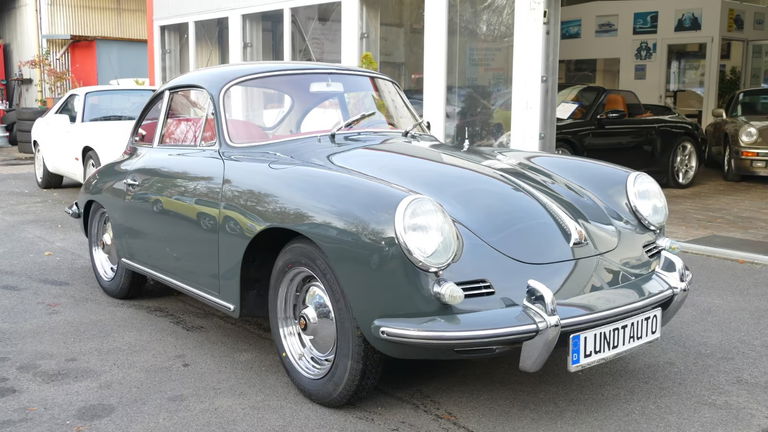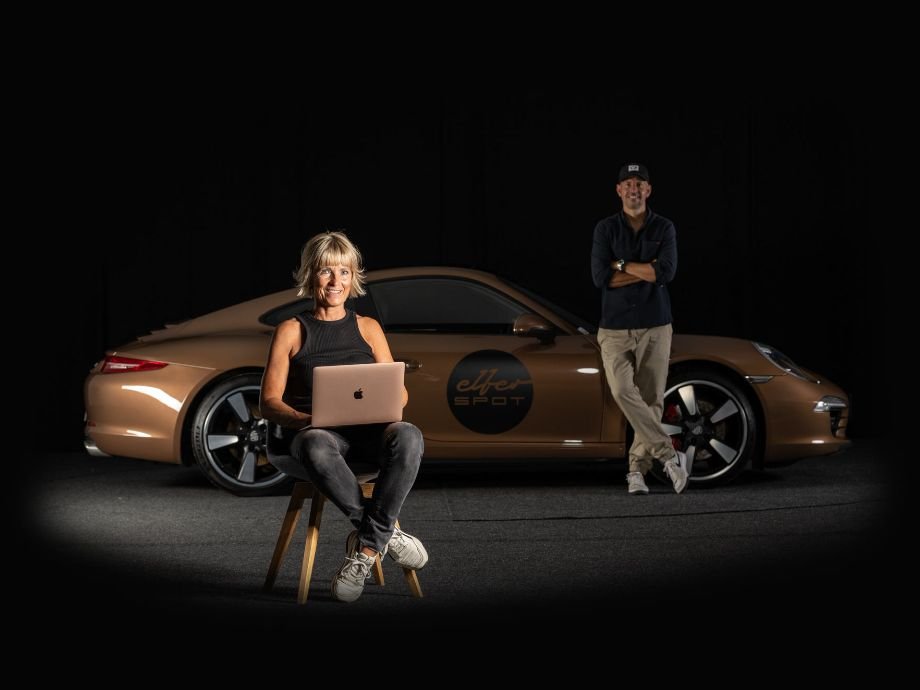Even before Professor Ferdinand Porsche was released from captivity as a prisoner of war in mid-1947, his son Ferry had already started building the 356 sports car with his employees. The 356 project had a tubular frame and an aluminum body. With its aerodynamically favorable lines, the car was reminiscent of the racing Berlin-Rome cars. The first mechanical units came from the KdF-alias Volkswagen. The prototype, which was completed on June 8, 1948, thus had a 1,131 cc 4-cylinder boxer engine. Despite its relatively modest output of 40 hp at 4,000 rpm, it was already capable of 130 kph. The fact that this was a mid-engined car was particularly sensational. However, the production Porsche then had a rear engine and a self-supporting body.
After two model series, five body variants and seven engine versions, Porsche presented the 356 B in 1959. The Model B differed externally with higher headlights and bumpers, a modified waistline and smaller details. The top model in this series was initially the 356 B Super 90, which with its 90 hp almost matched the performance of the 356 A Carrera 1500 GS. Of course, another Carrera soon appeared. Now with a 1.6-liter engine and 105 hp or 115 hp, which was only surpassed by the Carrera 2 in 1963 with a 2.0-liter engine and 130 hp.
